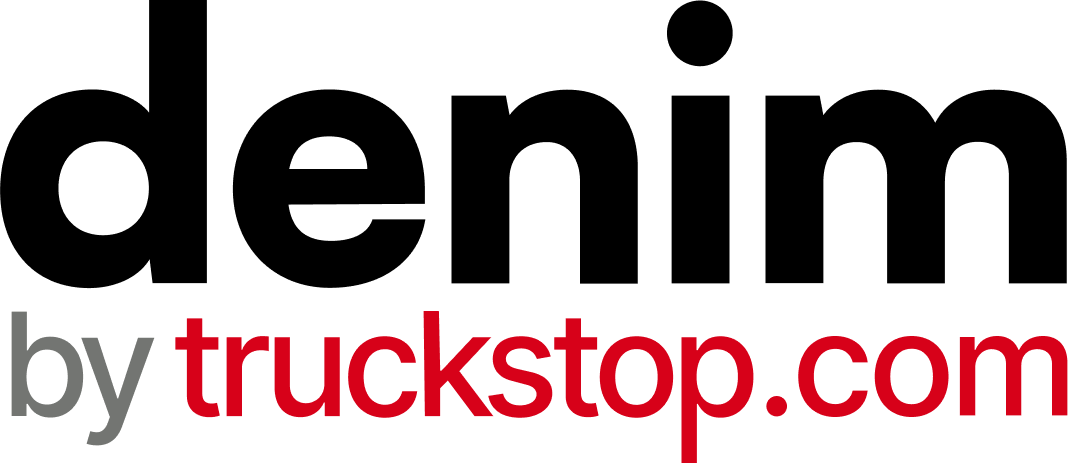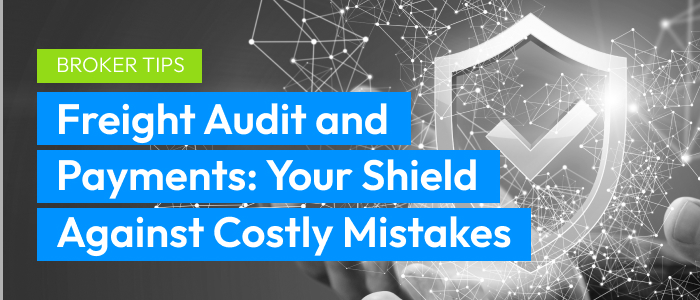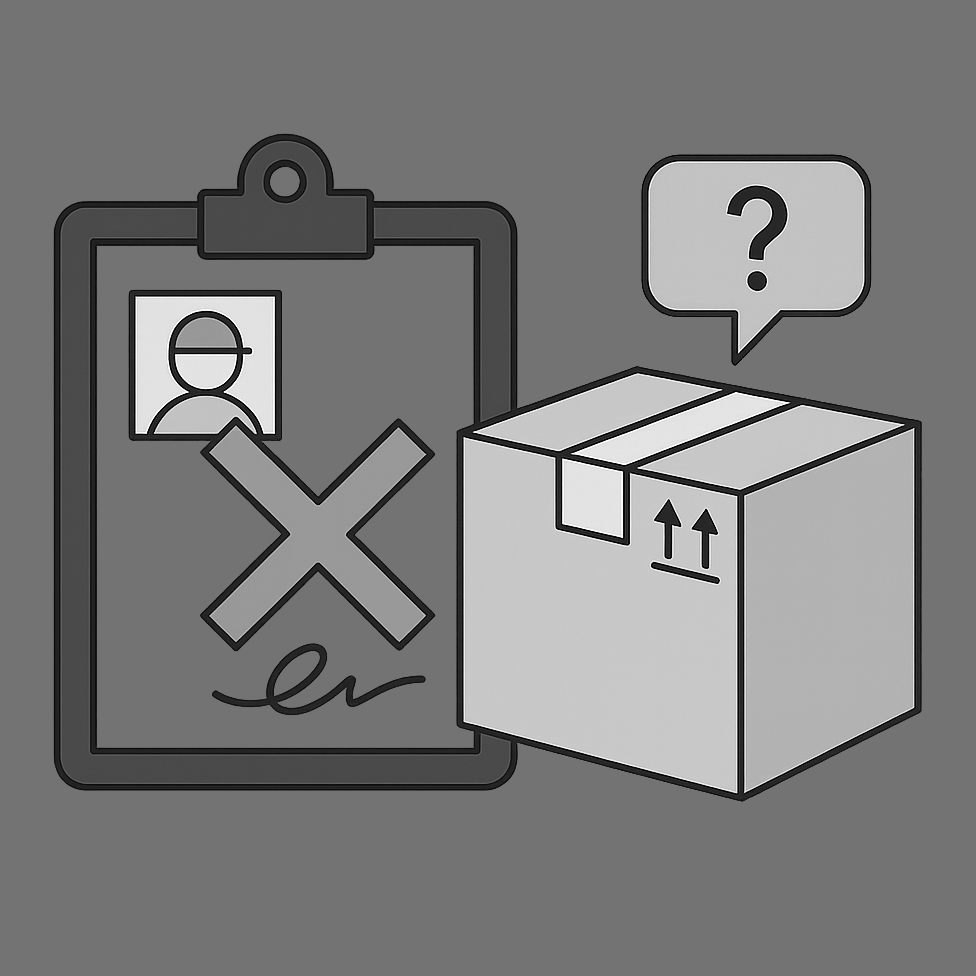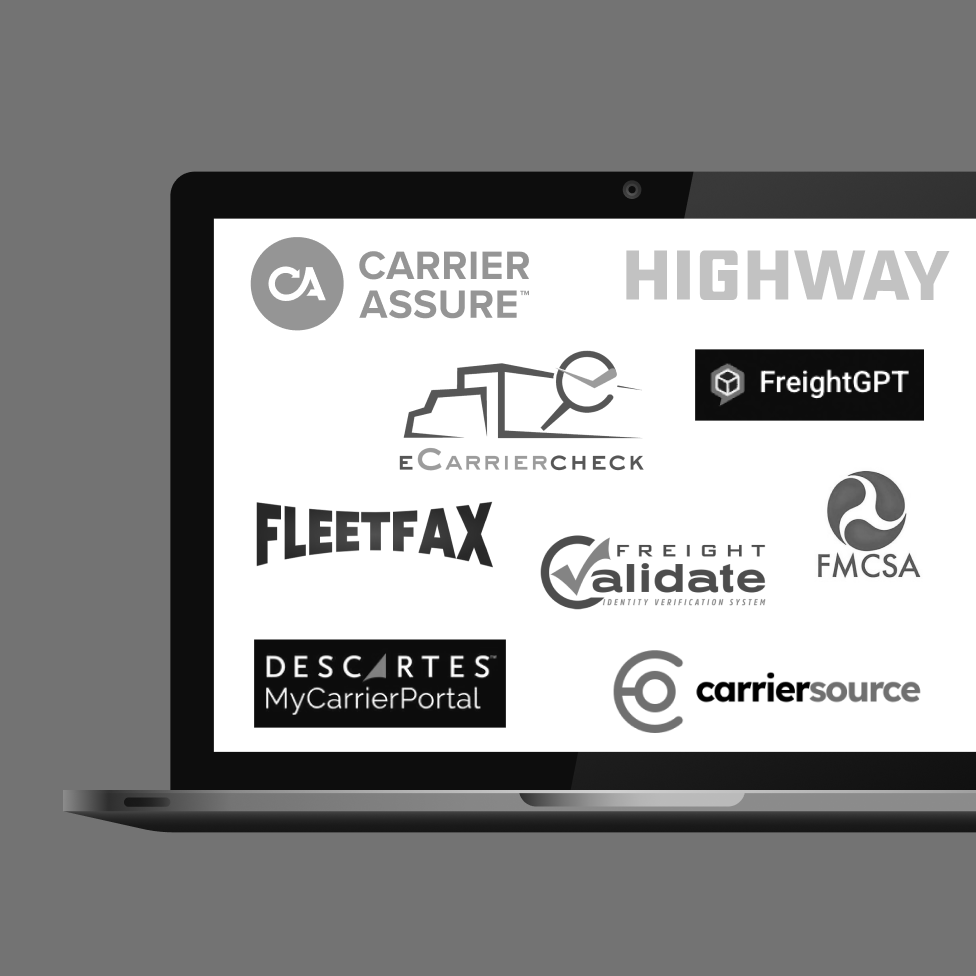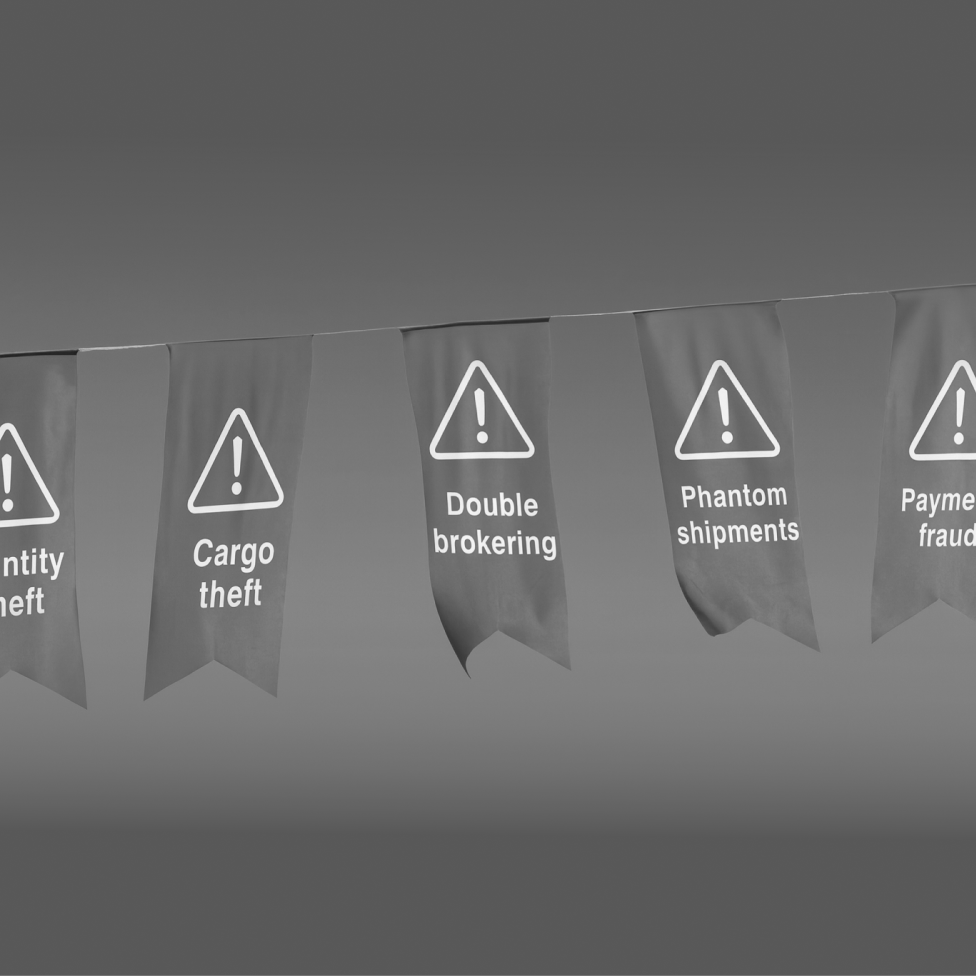Details matter.
However, many logistics companies admit to incorrect payment information. A report from ControlPay found that only 17% of shipping invoices are accurate.
You spend hours securing new lanes. You’re diligent with your communication and deliver impeccable customer service. You complete jobs with safe and punctual deliveries. Yet, the final step— accurate invoicing and payment—sometimes falls short.
Freight payment and invoicing are more than just paperwork. Many shippers engage freight brokerages and 3PLs to avoid managing carrier payments. This adds value for shippers by sparing them countless hours in manual auditing and could reduce their staffing needs.
A single invoicing error from a brokerage or 3PL can jeopardize financial standings and hard-earned trust. Thankfully, there's an antidote: freight audit software safeguards against such payment slip-ups.

Key takeaways:
- Only 17% of shipping invoices are accurate. So there's a pressing need for meticulous document review in logistics.
- Freight audits address financial discrepancies. This fortifies trust, enhances operational efficiency, and solidifies client relationships.
- Automated audits with AI reduce costly overhead. Plus, they ensure accuracy.
Common Mistakes in Freight Payment and Invoicing
Accurate freight invoicing and payments are essential.
Often, blunders in these areas stem not from negligence but from oversights. Even the most meticulous professionals can overlook nuances.
Here are five common mistakes:
1. Inaccurate Billing Information:
Billing errors can occur due to incorrect input of important information. Incorrect information can include billing address, company name, or account number.
2. Overlooked or Duplicate Invoices:
Operational oversights, particularly during peak business periods, can lead to skipping invoices. Redundant software processes or data syncing issues might generate and dispatch duplicate invoices.
3. Missing Documentation:
Sometimes essential documents are missed or wrongly attached to a load. Such an oversight can lead to inconsistencies during invoicing and payment.
4. Inconsistencies Between Documentation and Data Entry:
Manual data entry is prone to human error. Payment will likely be wrong when data entry across systems doesn't match documentation.
Managing freight documentation and invoicing is vital to any logistics operation. While the mistakes highlighted are common, awareness of these pitfalls is the first step to ensuring accuracy.
Consequences of Freight Payments and Invoicing Mistakes
A minor invoicing error may seem insignificant at first glance. However, its ripple effect can profoundly impact a business's finances and reputation.
Imagine a scenario where an invoice gets mistakenly issued for $3,500 when the intended amount was $5,300. A number switch can lead to a $2,300 shortfall. Such a simple mistake can have sizable monetary repercussions, especially if unnoticed.
The complexity escalates when third parties, like factoring companies, come into play. Sending an incorrect invoice to a factor for approval could delay payment to carriers and disrupt your cash flow. Even a day's delay can severely strain your finances.
But the impact isn't just monetary. Payment discrepancies can also leave a permanent mark on your company's reputation.
Requesting additional payment from a client due to an incorrect invoice amount is unprofessional. Such experiences can make shippers reconsider assigning you further loads. Their rationale? If back-office processes are sloppy, how efficiently can you manage increasing loads?
Remember, invoicing isn't just about numbers; it's also about building trust with your clients.
The Solution: Freight Audit
Losing focus and missing important details is common when dealing with heavy workloads and multitasking for long periods. Rushing to close deals and collect payments can cause you to overlook critical elements.
Enter the Freight Audit.
What is a Freight Audit?
Freight auditing is a detailed review of freight bills, cargo logistics, and associated shipping data. The audit process promotes transparency and accuracy in shipping operations.
While a typical freight audit primarily focuses on financials, its scope is much broader:
- Freight Bill Analysis
- Delivery Accuracy
- Timeliness & Cargo Condition
- Unanticipated Charges
- Carrier Routes
Shippers frequently enlist third-party audit specialists or turn to the expertise of 3PLs and freight brokerages to manage freight audit and payments.
Freight brokers and 3PLs come equipped with specialized knowledge. This prepares them to spot and correct errors easily during the auditing process. With their guidance, they streamline freight operations and educate shippers on best practices and potential pitfalls.
Still, it's vital to note: even with all their experience, they can sometimes overlook a detail.
The Benefits of Freight Audits
Freight audits are crucial in ensuring accuracy and building trust in the logistics industry. Meticulously examining invoicing details safeguards businesses from potential financial discrepancies and reinforces their credibility with clients.
Here's how audits benefit invoicing processes:
- Invoice Matching: Freight audits ensure that each invoice aligns correctly with other important documents. This thorough check ensures no wrong billing and every charge is justified.
- Spotting Mistakes Early: Audits can catch and fix errors before an invoice reaches the customer. By being proactive, companies maintain a strong, trustworthy reputation.
- Earning Client Trust: Consistently accurate invoices show reliability. Clients trust companies that get it right, helping to strengthen and deepen business relationships.
- Streamlining Work: Conducting regular freight audits helps businesses operate more smoothly. Everything gets organized and efficient, making it easier for teams to manage their tasks.
Freight audits are the backbone of a transparent and efficient logistics operation, reinforcing accuracy and trust. With such significance attached to these audits, the methods by which they are conducted equally matter.
Understanding the Freight Audit Process: Manual vs. Automated
Two main ways to complete freight audits are manually or by leveraging software-driven automation.
Manual Approach
Manual freight audits involve rigorous human intervention. This traditional method provides an in-depth, hands-on examination of freight documents and details. While it allows for thorough inspection, it is time-consuming, costly, and prone to human errors.
As the complexity of freight documentation grows, the possibility of overlooking discrepancies in numerical data and cargo descriptions increases. Errors can occur when cross-referencing various documents, even with the utmost precision and meticulous attention.
Often, larger organizations might employ a team to undertake these audits. An internal audit team introduces a cross-checking system to reduce potential oversights.
AI-Powered Automated Approach

With technological advancements, the freight industry is seeing a significant shift in how audits are performed. Enter AI-based auditing, a method that revolutionizes accuracy and efficiency in this sector.
At the core of this approach is Optical Character Recognition (OCR). OCR technology works by scanning paper documents, like freight invoices, and turning the written or printed text into digital data that the system can read and process.
Once this data is digitized, the real power of AI comes into play. Instead of manually sifting through piles of invoices and cross-referencing various details, AI algorithms analyze this digital information. They are programmed to:
- Check for discrepancies in invoice amounts.
- Verify details against contracts or other relevant documents.
- Identify any errors, inconsistencies, or anomalies.
What sets AI apart from traditional methods is its learning capability. As the system processes more data, it learns and adapts. It picks up patterns, understands common issues, and sharpens its accuracy. This continuous learning means that the AI-based freight audit software becomes even more proficient at identifying potential errors or issues in the auditing process over time.
The benefits of AI-based freight audit software are evident. AI-based auditing can process vast amounts of data at incredible speeds and ensure a level of precision that's challenging to achieve with manual methods. By integrating AI and OCR into freight auditing, businesses stand to gain a more accurate, efficient, and streamlined verification process for their invoices.
Manual vs. Automated Audits
Manual audits, while thorough, are not only time-consuming but can also be riddled with human errors. In fact, the average cost to manually process a single invoice can be up to $15, adding up quickly over numerous transactions. In contrast, automated audits harnessing the power of AI provide rapid results with heightened accuracy, all while reducing overhead costs.
By embracing automated methods, freight brokerages conserve significant time and resources. This newfound efficiency empowers them to channel more energy into expansive strategies and innovations, setting the stage for a modernized approach to freight management.

Elevate Accuracy and Trust: The Power of Freight Auditing with Denim
Even the most attentive professionals can face challenges ensuring accurate invoicing and payments. As illustrated, minor oversights can escalate into significant financial and reputational challenges. Freight audit and payments are not just an operational necessity but an indispensable tool for maintaining trust, optimizing operations, and ensuring financial accuracy. But what if there was a streamlined way to simplify and bolster the auditing process?
Denim Audit uses AI technology similar to ChatGPT to identify discrepancies and streamline your document management process. Documents like proof of delivery, carrier invoices, and rate confirmations are scanned automatically within seconds, providing matching results or flagging any inconsistencies with a job.
The result? Expedited payments and minimized discrepancies, ensuring your operations run smoothly and your reputation remains untarnished. By incorporating Denim Audit into your operations, you ensure your invoicing remains as flawless as your freight operations. Book a demo today to see Denim Audit in action.


Denim’s automated solutions streamline your back-office operations. Explore our solutions to see how Denim can help your business scale efficiently.
There's a better way

